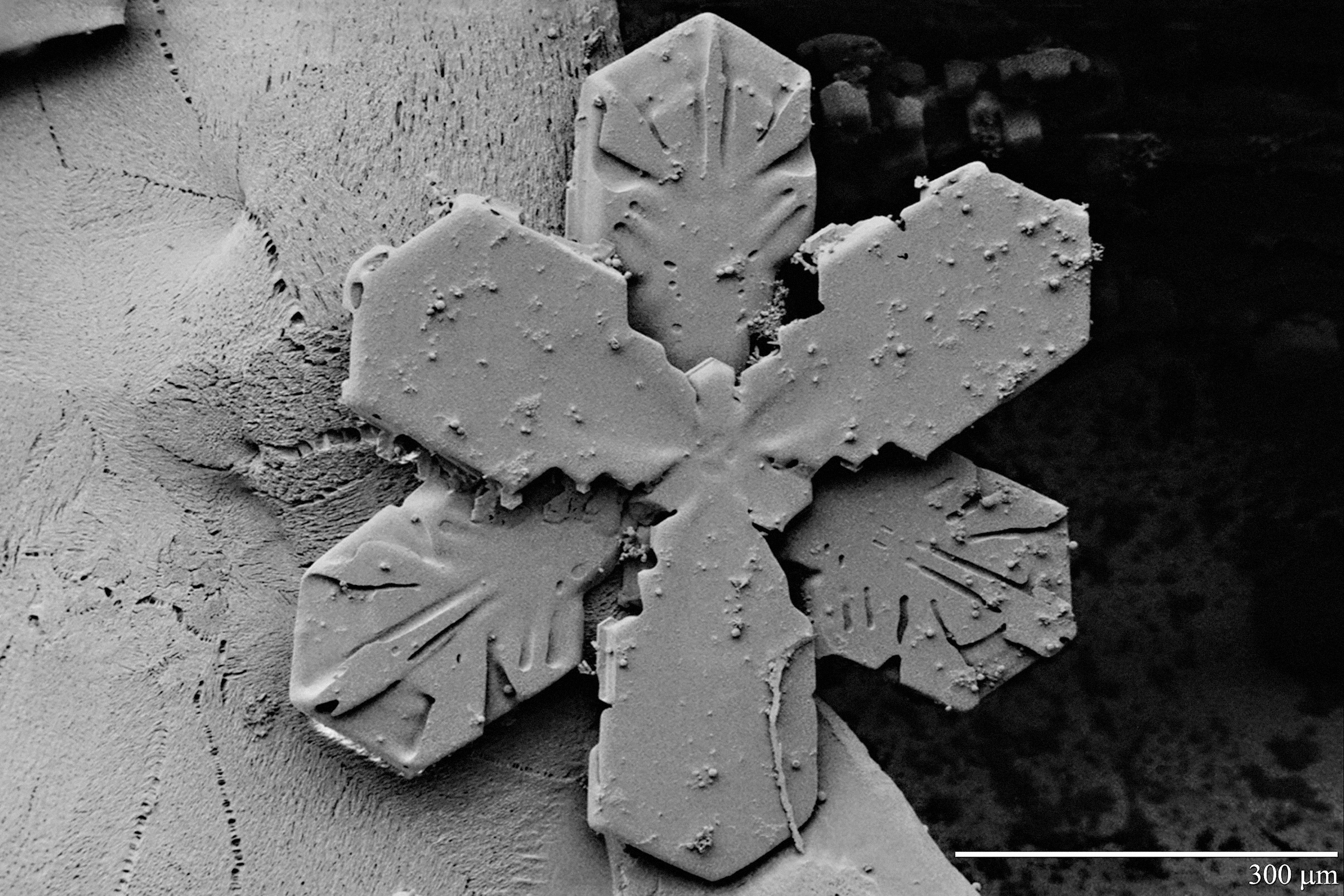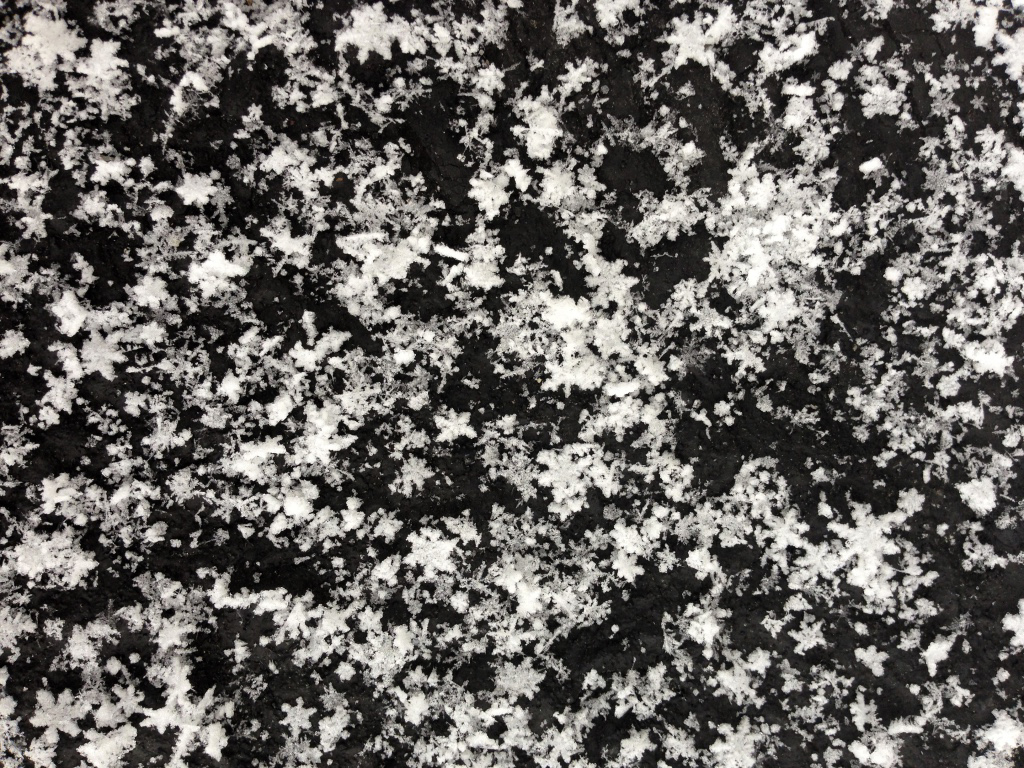It’s getting to be that time of year again when snow crystals flurry through the sky and fill the streets. Have you ever taken a moment to look at a snowflake closely? Well, if you haven’t, do it – they are so incredibly intricate and beautiful.
One of the first known individuals to document snowflakes was Wilson Bentley in 1885. His medium? Photography. What a perfect blend of science + art, documentation and education. But how did he do it? Quite simply, on black velvet under a microscope with a camera attachment.
The process is actually easy and you can do it yourself without the aid of any fancy equipment. Below you will find two variations of how to do this yourself.
Method A: It’s easy peasy lemon squeezy
- Find a dark surface (paper, fabric, etc.)
- Let your chosen medium acclimate to the ambient temperature
- Look at and/or photograph the beauties with a macro lens
OR
Method B: More like memorizing how to spell poly methyl methacrylate
- Acquire a piece of clear acetate & crystal clear acrylic coating
- Place both items in the freezer for 30 minutes or place outdoors (if it’s cold enough)
- After 30 minutes has elapsed, spray the acetate with the acrylic coating
- Using the acetate, collect the falling snowflakes
- Spray once more with the acrylic coating, allowing to dry for at least 15 minutes (snowflakes will melt but you will be left with their impressions)
- Observe snowflakes with a magnifying glass
If you’re feeling really ambitious, key out your snowflakes with Ken Libbrecht’s Field Guide to Snowflakes. We own a copy and it’s quite informative.
“Under the microscope, I found that snowflakes were miracles of beauty.” – Wilson Bentley

